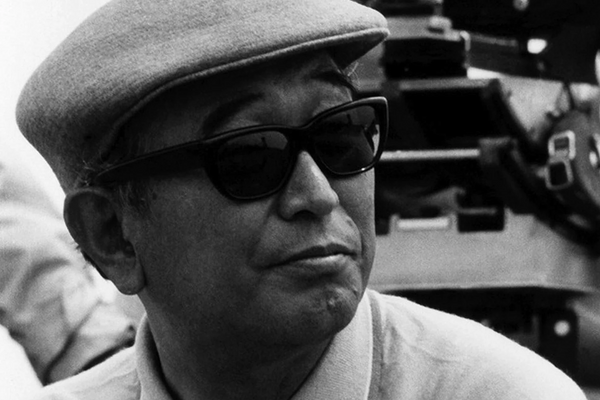Weed scene aesthetics and smoking devices have come a long way since stoner culture was first popularized in the 1960s, and certainly sexier when compared to the Graffix jester heads and Jnco jeans that branded the modern day deadhead just a couple decades later. No judgment though — many of us have puckered up to a potato or fumbled with a hot knife at some point, desperate for a little head change. But with legalization on the rise, the look and feel of the potscape has been long overdue for a refresh. Enter Miwak Jr., makers who have elevated the idea of the peace pipe to new heights making it an objet d'art.




Like any great small business success story, husband and wife Sebastian and Alice Boher just sort of fell into it. Ten years ago, Sebastian had emigrated from Chile to take full advantage of the animation program at Cal Arts. Once that was winding down, he needed a reason to stay in the country and extend his artist visa. The ceramics classes at Pasadena City College allowed him to expand his skill set that serendipitously landed him his first job as a silkscreen printmaker. A love for South American antiquities combined with rubric under the watchful eye of ceramic artist Keiko Fukazawa led Sebastian to fire his first pipe. “We weren’t allowed to make pipes or ashtrays!” he laughs. “I made two and was caught, so they threw those away. But the third one, a little one that resembles our main pipe, made it through.” That pipe was the prototype that paved the way for the bestselling classic style that is the cornerstone of the brand today: a smooth, large chambered device that resembles a river rock with a shape that gives a bigger pull or rip. They made one for a friend and launched their business under the moniker Miwak Junior, named after Sebastian’s love for the Japanese name, Miwa.


So what’s the life of a pipe? Sebastian explains that it’s simply science. “We use liquid clay so I can cast them and they can be hollow. The clay has to have the right viscosity so you have to do some lab measurements like weighting the clay and measuring the fluidity. There’s a recipe for how viscous the clay needs to be before you can cast it.” The clay is then poured into a mold to ensure a uniform shape but the trade secret is in the finishing details. “Once it dries there’s a lot of sanding involved. Then you fire it the first time and add the glazing, which is all hand done and involves the application of wax. We do reduction firing where most people do their production in electric kilns so everything looks the same. Our process adds a lot of character.” Each piece is imperfectly perfect, contrasting with the more industrialized brands adorning the shelves of your favorite high-end boutique or museum gift shop.




As Miwak Junior pipes continue to be puffed and passed, the Bohers have plans to expand the brand to include flower vases and fish homes. Aquariums are a personal passion for Sebastian, whose art is rooted in creating fictitious environments complete with their own signs and symbols. Just as Miwak Junior is the high-class alternative to the blown glass bubbler, Sebastian’s sculptures elevate the water world’s plastic PetCo castle. Visit www.miwakjunior.com for the expanded experience.



